Possible Duplicate:
Plot dates on the x axis and time on the y axis with ggplot2
I have these data,
Arrival Date
7:50 Apr-19
7:45 Apr-20
7:30 Apr-23
7:30 Apr-24
7:55 Apr-25
7:20 Apr-26
7:30 Apr-27
7:50 Apr-28
8:00 Apr-30
7:45 May-2
8:30 May-3
8:06 May-4
8:25 May-7
7:35 May-8
7:45 May-9
8:02 May-10
7:53 May-11
8:39 May-14
8:14 May-15
8:08 May-16
8:27 May-17
8:20 May-18
12:00 Apr-19
12:00 Apr-20
12:00 Apr-23
12:00 Apr-24
12:00 Apr-25
12:00 Apr-26
12:00 Apr-27
12:00 Apr-28
11:50 Apr-30
12:00 May-2
11:45 May-3
11:50 May-4
12:00 May-7
11:50 May-8
11:55 May-9
12:10 May-10
11:53 May-11
11:54 May-14
11:40 May-15
11:54 May-16
11:45 May-17
12:00 May-18
And I want to plot it using ggplot,
This is what I did,
OJT <- read.csv(file = "Data.csv", header = TRUE)
qplot(Date,Arrival, data = OJT, xlab = expression(bold("Date")), ylab = expression(bold("Time"))) + theme_bw() + opts(axis.text.x=theme_text(angle=90)) +geom_point(size = 2, colour = "black", fill = "red", pch = 21)
And here is the output

As you can see, the time and date is not arrange. I want the time to start from 7:00 am to 12:20 pm, and the date from April 19 to May 18. I tried using
as.Date(strptime(OJT$Date,"%m-%dT"))
But still I don't get the right plot.
And I can't find similar problems through the internet.
Any idea to help me solve this.
Thanks

